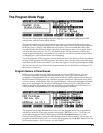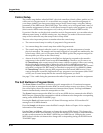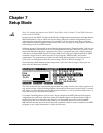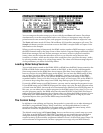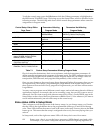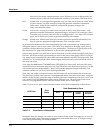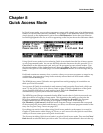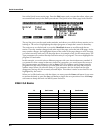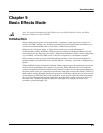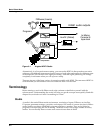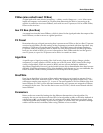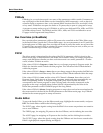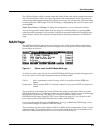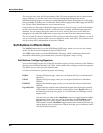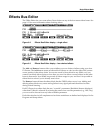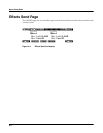
Basic Effects Mode
Introduction
9-1
Chapter 9
Basic Effects Mode
Note: For complete information on K2661 Effects, refer to the K2661 Musician’s Guide and K2661
Musician’s Reference (on the CD-ROM).
Introduction
Effects mode puts the power of an entire studio—equalizers, signal processors, and mixers—
inside your K2661. It allows you to define processing functions, signal paths, and balances, on
sounds created by the K2661 and, in Live mode, sounds from any source.
When you’re in Program, Setup, or Quick Access mode, you can take advantage of
FX Modulation routings (FXMods, which are preset overrides for studio parameters) for real-
time control over any aspect of your studio—either from the buttons, sliders, wheels, and pedals
on your K2661, or from any MIDI source at all, like a sequencer or a dedicated controller.
Effects mode provides up to five individual effects processors. Four of these are designed to
operate on their own individual buses, and the fifth, the “Auxiliary” processor, is designed to be
global.
When the K2661 is being used multi-timbrally, Effects mode can provide separate processors for
each of several instruments. For example, let’s say four K2661 channels are in use, under the
control of a sequencer. Each instrument on each channel can have its own processing: flanger for
the piano, delay for the sax, compression for the bass, and tight reverb for the drums. Then all of
these signals could go through a global Aux processor, where they could be given a room reverb.
At the outputs of the K2661, the reverb could show up on one pair, while the other instruments’
dry or processed (prereverb) signals could show up at the others, either in mono or stereo. Or
the entire mix, carefully balanced and panned, could appear at a single pair, ready to be
recorded or played through a PA.



